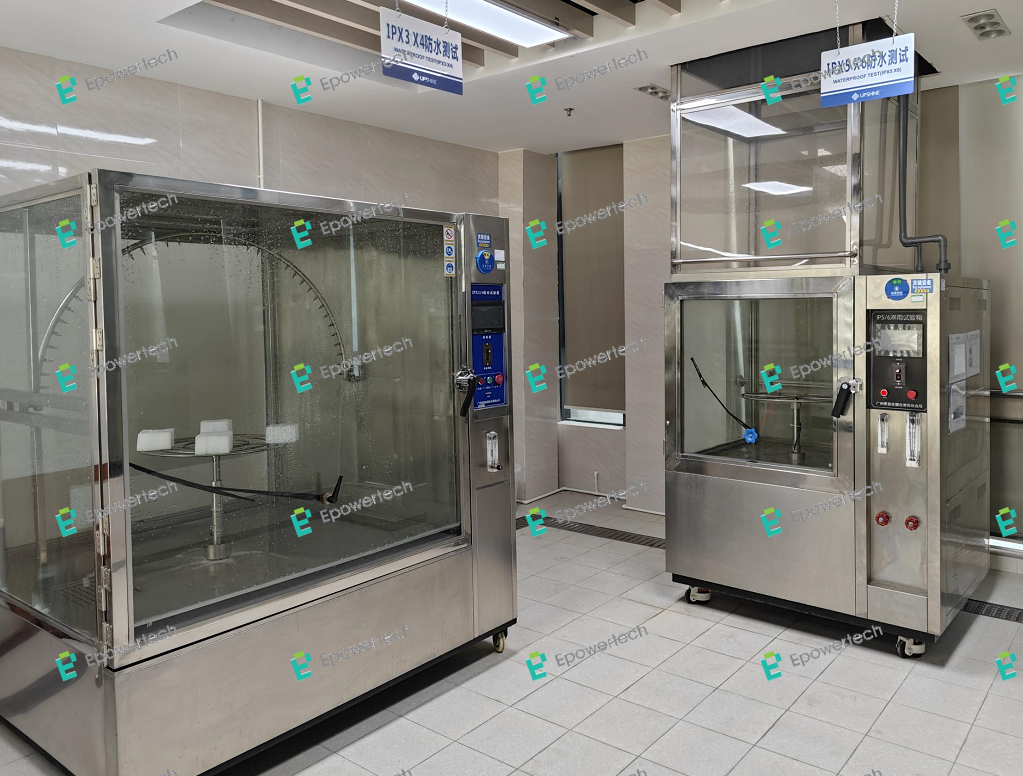Waterproof Testing for Emergency Lights
Waterproof testing involves subjecting emergency lights to controlled water exposure to assess their resistance to water ingress. The level of protection is determined by specific industry standards, such as the Ingress Protection (IP) rating system. This system uses two digits to classify the degree of protection against solid objects (the first digit) and water (the second digit). For emergency lights, a higher IP rating, such as IP67 or IP68, indicates superior water resistance.
To conduct waterproof testing, manufacturers employ various methods, including:
- Immersion Testing: This involves submerging the entire emergency light in water for a specified duration, typically at a specific depth and pressure. This test assesses the light's ability to withstand complete submersion.
- Spray Testing: This method simulates exposure to water spray from different angles and intensities. It evaluates the light's resistance to water splashes and jets.
- Rain Simulation Testing: This test replicates exposure to heavy rainfall, ensuring that the light can function reliably in adverse weather conditions.

By prioritizing spray testing, we ensure that our products deliver optimal performance, even in challenging conditions. Below are the specific requirements for IPX3 through IPX8 ratings.
|
IP Rating |
Water Exposure |
|---|---|
|
IPX3 |
The device is placed in a fixed position and subjected to water spray at an angle of up to 60° from vertical. |
|
IPX4 |
The device is placed in a fixed position and subjected to water splashes from any angle. |
|
IPX5 |
The device is placed in a fixed position and subjected to low-pressure water jets from any direction. |
|
IPX6 |
The device is placed in a fixed position and subjected to high-pressure water jets from any direction. |
|
IPX7 |
The device is submerged in water at a depth of 1 meter for 30 minutes. |
|
IPX8 |
The device is submerged in water at a specified depth for a defined duration, which varies depending on the specific rating. |
Rigorous testing ensures emergency lights are reliable in challenging conditions. By subjecting these devices to water immersion, spray, and jet tests, manufacturers can identify and address potential weaknesses, ultimately enhancing their waterproof performance. This ensures reliable illumination, even in harsh environments.
Understanding IP ratings is crucial for selecting the right device. By understanding the specific requirements for each IP rating, consumers can choose products that are suitable for their particular needs and operating conditions.